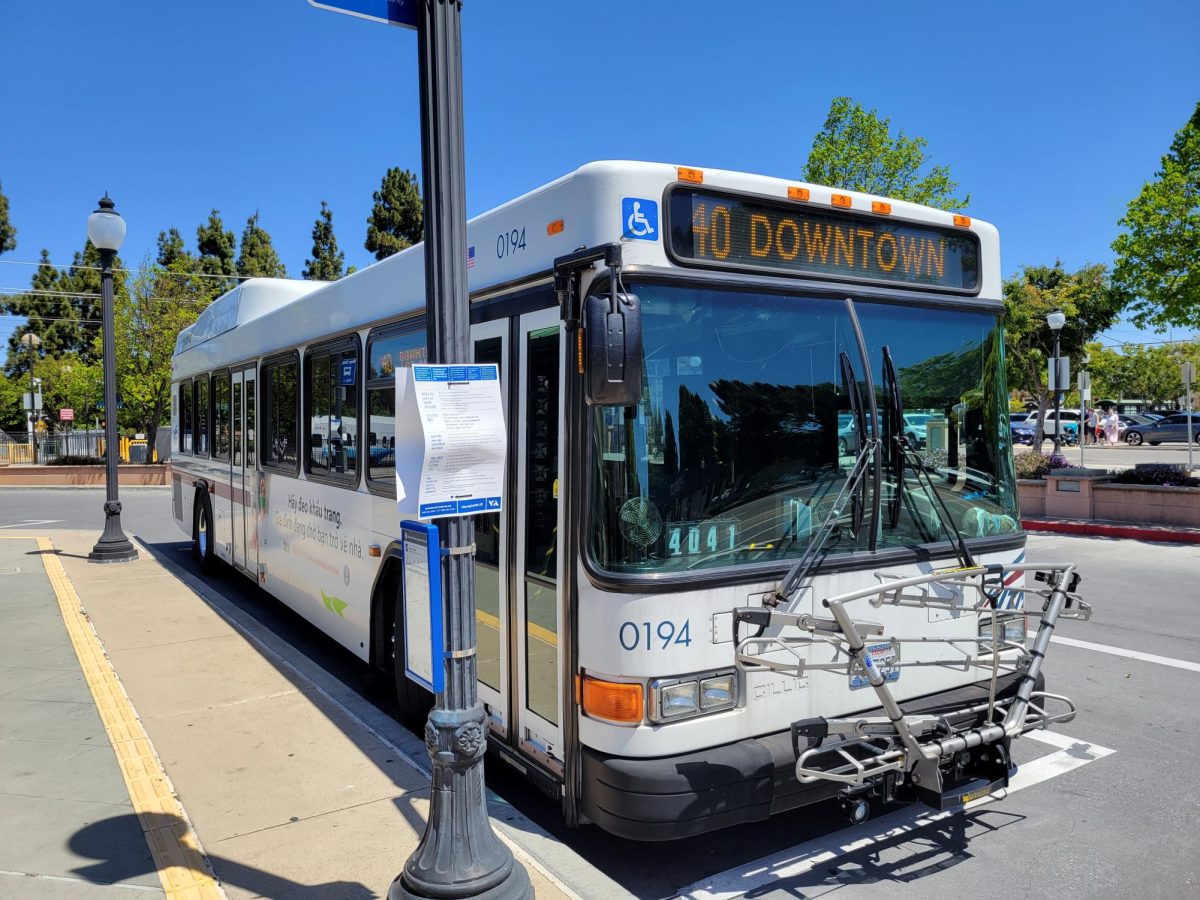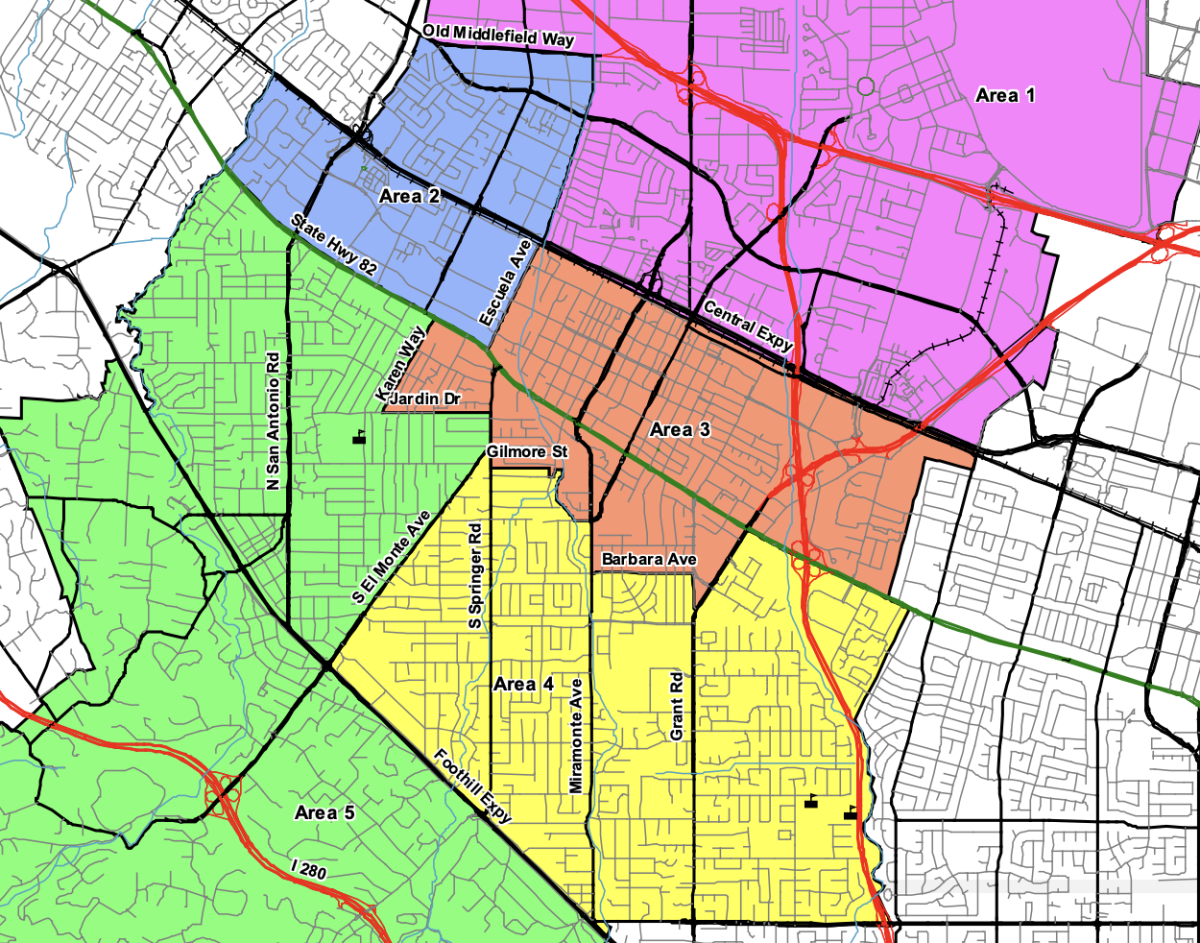
[Photo by Jade Perry]
In late June of this year, California Governor Jerry Brown eliminated the $8.1 million state budget for Advancement Via Individual Determination (AVID). When he first cut it out of the state budget in January, the state Senate and Assembly restored it to the budget, only to have the veto finalized in June. In the past, California fully funded the AVID program, but funding methods are going to be different after this school year.
The state of California has been funding the AVID program since 1995. The program helps students develop college readiness, particularly those who are the first in their families to attend college or are economically disadvantaged. Currently, AVID reaches 155,000 students across the country.
The 11 AVID regions of California are hoping to spread out existing funding until March. MVLA’s Region Five will be able to keep the old funding method until July. Additionally, the MVLA school district has the resources to pay for AVID once state funding is terminated, meaning that students going through the program are unlikely to feel the direct impact of the change.
AVID students are glad that the program will most likely be a part of LAHS after state funding is cut.
“It would impact me greatly if AVID was cut because it has provided me with extra knowledge and tools not just about the college process but about school in general,” AVID student junior Barbara Garcia said. “Without AVID I feel that many students would lose motivation to do well in school and try to go to college.”
The way the program is administered will change. In the following year, high schools in California will have to decide whether to follow the national AVID model where districts pay for themselves or whether to do away with the program altogether. If a school site chooses to follow the national model that other states have been following since the beginning of AVID, it will have to pay a $3,500-$3,600 membership fee to its regional AVID Center to keep the program running as usual. In this scenario, AVID will continue to provide services and the students will receive credit for participating in the program. The alternative is to not include the program in the curriculum at all, in which case the extra attention toward students who need it disappears altogether.
“[There is a] whole extra layer beyond the school that kind of helps train, ensure certification, ensure support for sites [and] ensure teachers for AVID,” AVID coordinator Joanne Miyahara said. “That’s going away, so what the district has to do now is they have to pay for someone to provide these services. That’s the budget issue that’s up right now.”
If the school adopted the national model, there would be a greater emphasis on the district’s role. Each district would have a designated AVID director so it could receive specific training to provide support to teachers and sites involved with the program. Instead of relying on the county and regional offices to manage costs and training, the districts themselves would act as individual units that make crucial decisions. The districts have never paid the regional center or the county office directly because money from the state has supported AVID staff. With the regional grant disappearing, the four counties of MVLA’s region have schools that will each pay the fee required by this national model.
“Now one caveat I might mention here is the county office still may play some sort of support role with AVID,” AVID Center director Andrea Lichter said. “That’s still being looked at because the county office values AVID and districts that are implementing AVID and wants to be of some resource, but that would be in addition to the [national] model that the AVID Center is requiring districts to abide by.”
Although the MVLA district has the capability to continue supporting the program, other districts might not be able to. This possible loss takes away a critical tenet that has been important for much of the high school populace. The gravity of the loss is amplified by the success AVID has had over the years.
“I think it’s a structure that has worked,” Lichter said. “I think our AVID sites, our AVID teachers have felt very supported. They’ve known any time of the day they can get some help. We’ve also been able to organize some local professional development and keep costs down for our AVID teachers. It’s unfortunate, it wasn’t a lot of money … the losers [here] are really the students.”
On July 1, the school will have to make the decision about how to fund AVID. Although it is safe to assume the national model will be put into motion, it has not yet been made official.
“[AVID is] the way to improve California’s future, really making sure we have an educated work force [of] people who are civically engaged; it’s a good investment,” Miyahara said.








